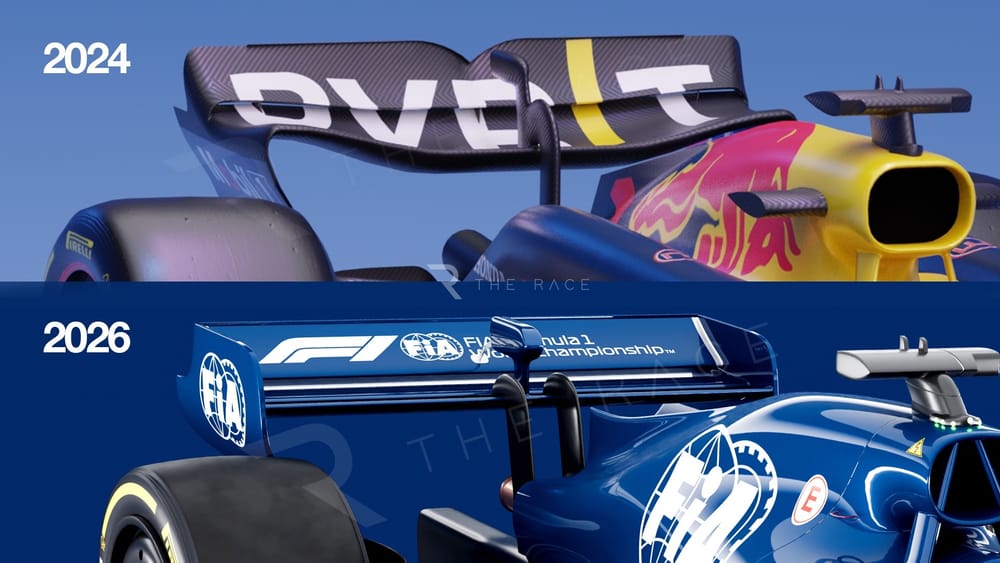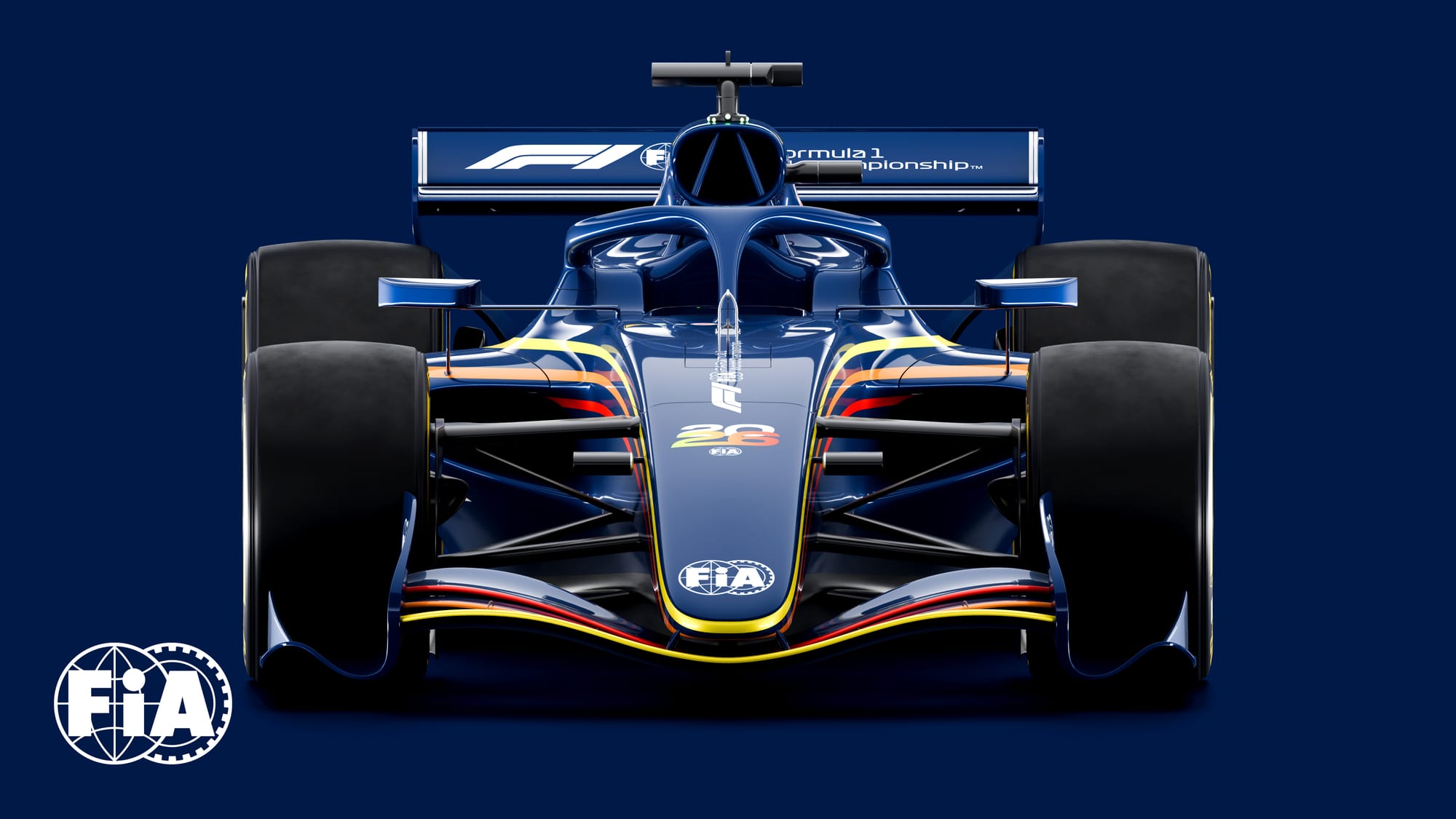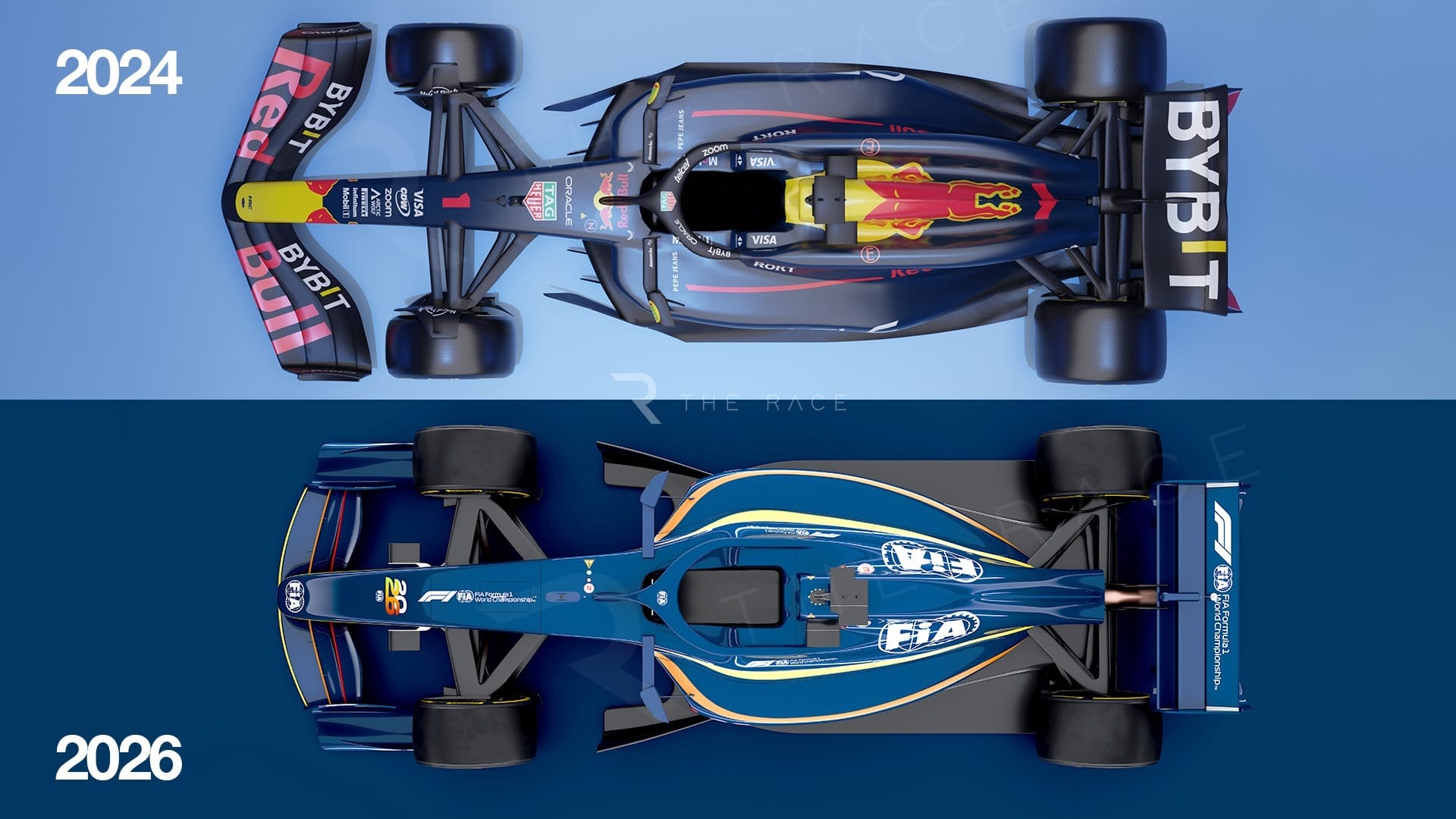Up Next

One of the most notable features of Formula 1’s new 2026 rules is that the drag reduction system is being replaced after 15 seasons of use.
The FIA has revealed how the new front and rear wing active aerodynamics will work from 2026, letting any car activate a low-drag mode on the straights at any point – whether they are chasing or following, and regardless of how close to another car they are.
‘Z-mode’ is the standard setting, and the higher downforce configuration the car has for the majority of the lap. ‘X-mode’ is the low-downforce configuration, which will put the front and rear wings into a low-drag setting for use on the straights.
This replaces the simple, retractable rear wing flap that has constituted the DRS for over a decade – and was only usable when a car was within one second of another at a set detection point.
Eliminating the DRS - introduced in 2011 - is a development purists might want to celebrate. It has been a controversial staple of F1 since its introduction and too often it has been overpowered, creating easy drive-by-passes as the chasing car gets a big straightline speed boost and the defending car is left powerless.
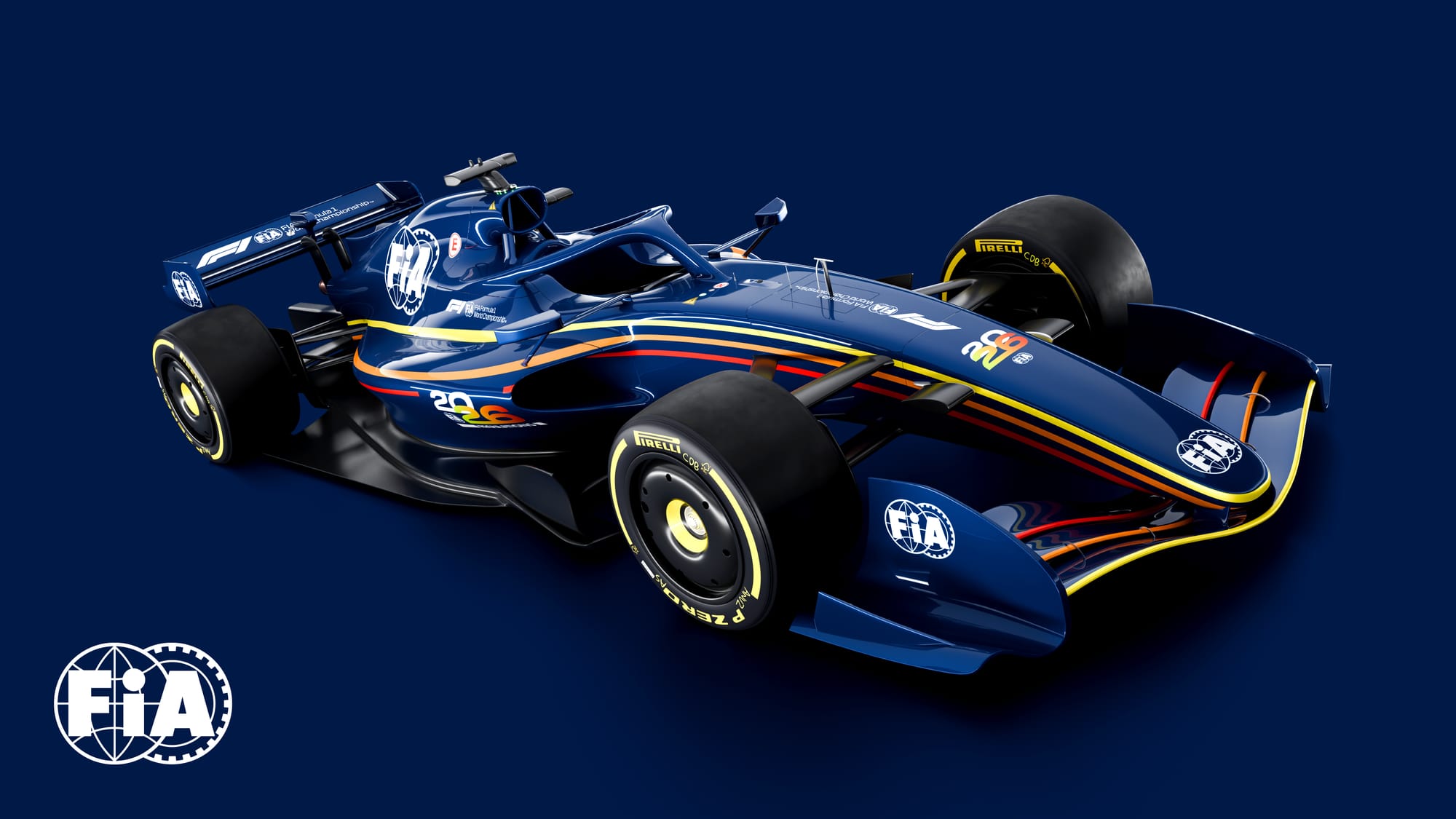
It survived various rule changes because it was felt necessary to have something to assist with overtaking. Now new overtaking aids are being created in its place.
As the cars will have 55% less drag than the current ones, they will be going faster on the straights and the benefit of the DRS effect in its current form would be negligible. The low-drag cars are a function of the engine rules as the current drag levels combined with the 2026 engine characteristics would likely mean a severe drop-off in straightline speed.
That required a new solution to encourage overtaking. For 2026, the movable rear wing will no longer be an overtaking aid – it will factor into energy management through the lap and over the course of a race, and this is where the emphasis will go on racing strategy.
“When the power unit has plentiful amounts of energy we will be in the high downforce mode, which gives us the high cornering speeds,” says FIA head of aerodynamics Jason Somerville.
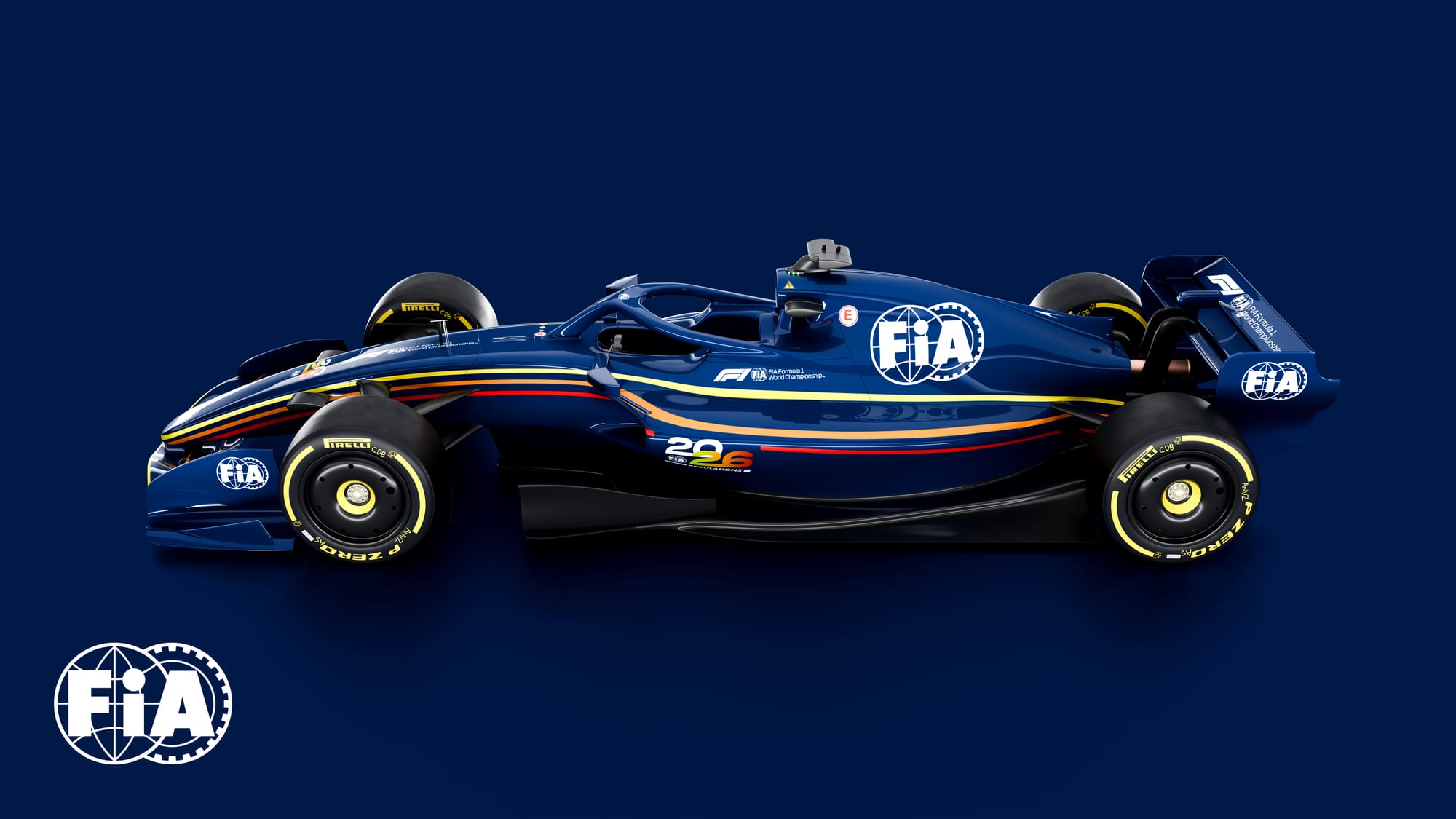
“And where we don't need the grip from the aerodynamics, we deactivate the wings, giving us a low drag mode and that gives us the ability to sensibly use the energy that we have from the electrical systems on board for the duration of the straights.”
The low-drag X mode will be used by default on every straight by every car because less drag means using less energy, and a higher top speed means recovering more energy when braking.
But if all cars are in X mode and therefore faster on the straights, how will overtaking be possible? As previously explained by The Race, a manual override function to use more power from the MGU-K at high speed will be added to help combat how low-drag the cars are.
Once a car hits 340km/h, the MGU-K deployment will taper off, but the override option will give drivers access to more electrical power for longer. When the override is activated, the MGU-K will keep deploying a maximum 350kW power past 340km/h up to 355km/h.
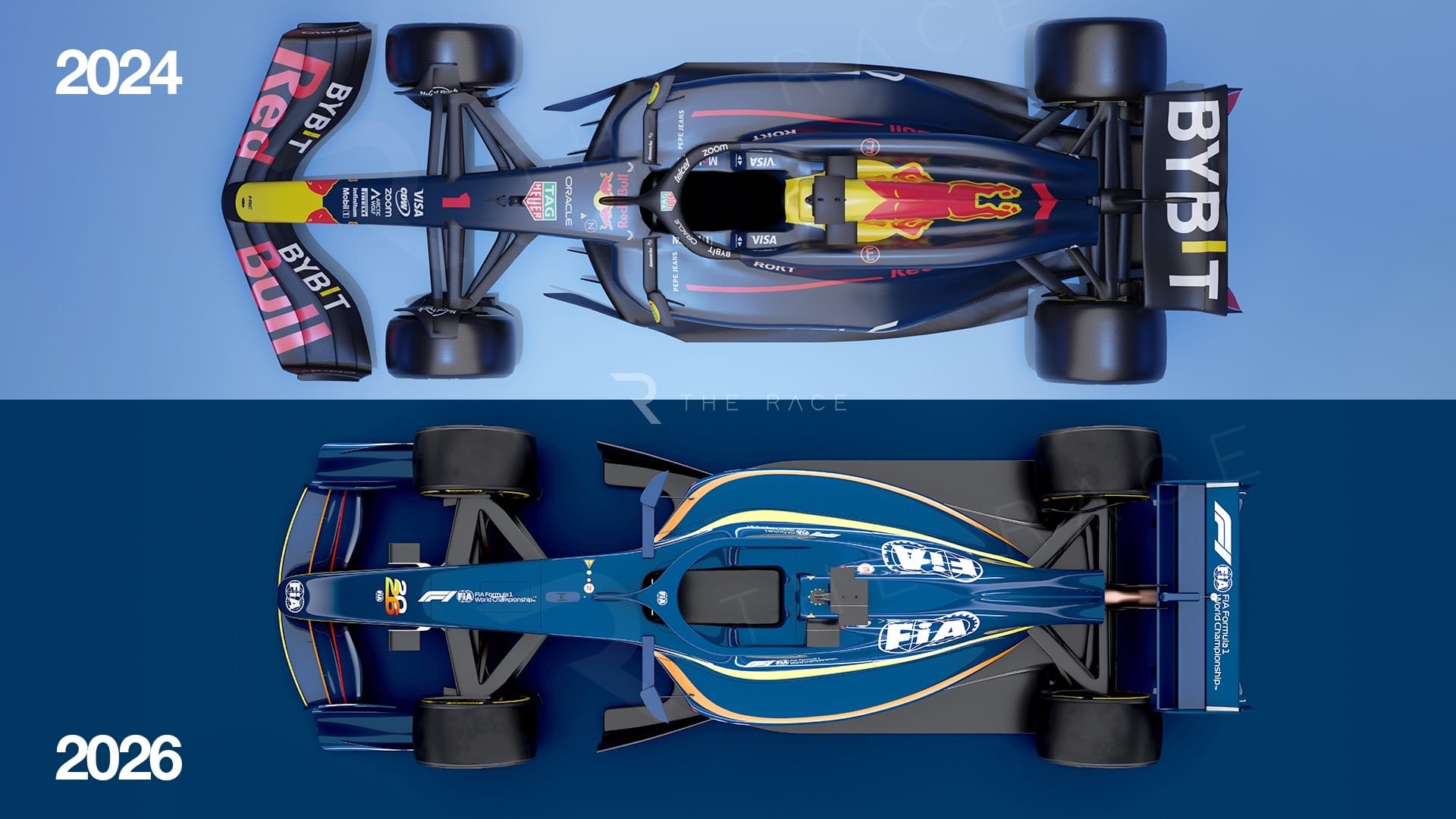
We still don’t know how long the override function will last or how many times a driver can use it per lap or per race but it will work in principle similar to the DRS, with a requirement to be within a given distance before the end of a lap to the car in front.
“Overtaking remains a very important parameter for F1. It’s going to be tackled in two ways,” says FIA single-seater technical director Jan Monchaux.
“The first one is to continue to have an aero concept for the car that reduces the losses generated by the car in front and which are negatively impacting the following car. So, you enter the straight and the car is fairly close to the other.
“To help the overtaking, since both cars will have rear wing open and front wing flap open, we are going to allow the car behind to deploy more electrical energy for a given portion of time during that lap.
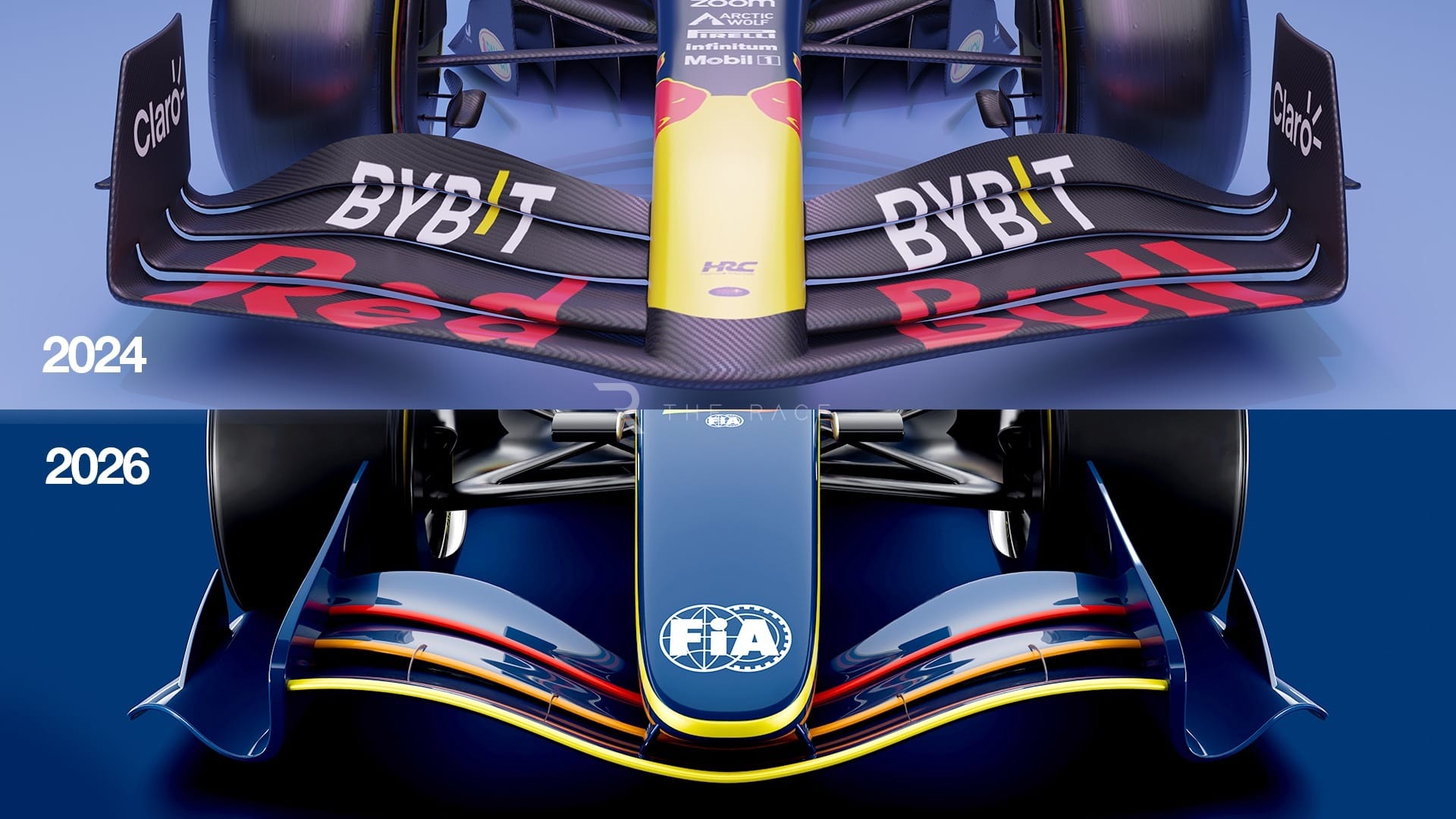
“Right now with the DRS you are behind a car, within a second, that ticks a box and you are allowed to open your DRS in a straight line.
“This will not be the case anymore. However, the logic will be the same: ‘I'm close enough to another car, I am given an extra amount of energy for that one lap, which I can deploy any way I want’.
“The extra amount of energy is defined and that will give that boost of energy to eventually give the following car a chance to overtake by the end of the straight.”


